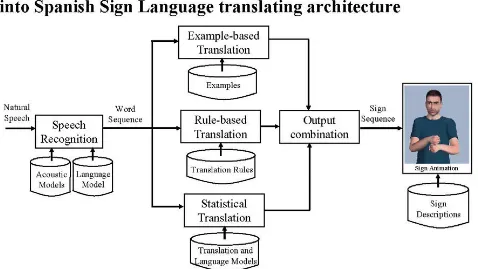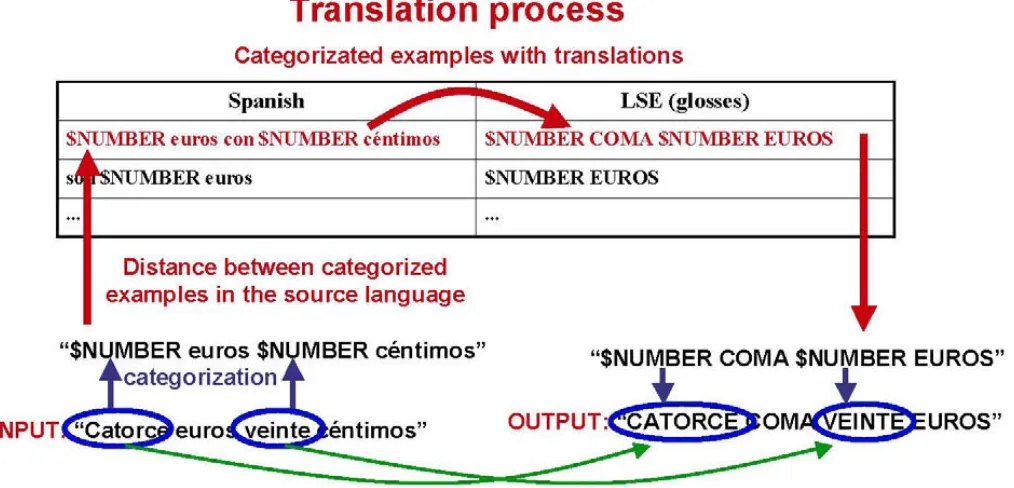Design, development and field evaluation of a Spanish into sign language translation system
Texto completo
Figure




Documento similar
The general idea of the language is to “thread together,” so to speak, existing systems that parse and analyze single web pages into a navigation procedure spanning several pages of
By adding nonlocal relativistic four-fermion interactions to the free homeotic theory, we obtain a causal interacting field theory with a well-defined unitary S-matrix.. Indeed
By studying the distances and angles in spectral space between different galaxy types, it is found that galaxies in the local Universe are distributed along a spectroscopic
On the other hand at Alalakh Level VII and at Mari, which are the sites in the Semitic world with the closest affinities to Minoan Crete, the language used was Old Babylonian,
A typical phonotactic speaker recognition system consists of two main building blocks: the phonetic decoders, which transform speech into a sequence of phonetic labels and the
The paper’s novelties include: (i) a mathematical treatment of fragments and a seaming mechanism of proxies to enable inter-fragment referencing, (ii) fragmentation strategies,
A survey and critique of American Sign Language natural language generation and machine translation systems.. Technical report, University of
The whole system architecture is depicted in Fig. It consists of three dif- ferent modules: i) The Speech Recognition module converts the input acoustic signal into the most




